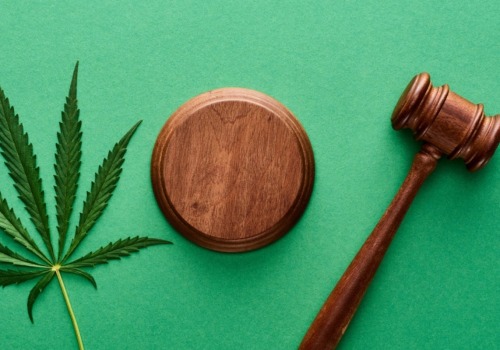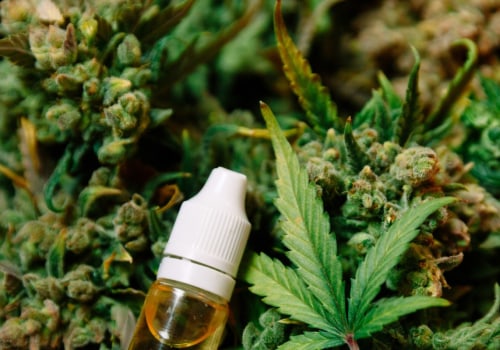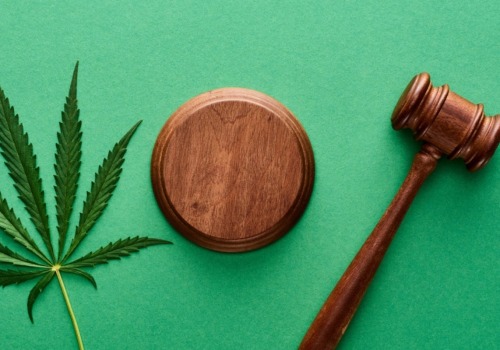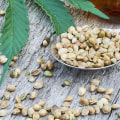Cannabidiol can be used for certain forms of severe epilepsy. Dronabinol can be used for nausea and vomiting caused by cancer chemotherapy and for anorexia associated with weight loss in people with AIDS. The most common use of medical marijuana in the United States is for pain control. While marijuana is not strong enough for severe pain (for example, post-surgical pain or a broken bone), it is quite effective for chronic pain that affects millions of Americans, especially as they age.
Part of its appeal is that it is clearly safer than opioids (it's impossible to overdose and it's much less addictive) and can replace NSAIDs such as Advil or Aleve, if people can't take them because of kidney problems or ulcers or GERD. When THC enters the body, it attaches to and stimulates cannabinoid receptors in the brain. Stimulation of these receptors affects the body in several ways. Its effects include reduction of pain and inflammation, increased appetite, nausea and insomnia.
Researchers generally consider drugs such as these, which use purified chemicals derived from or based on those of the marijuana plant, to be more therapeutically promising than the use of the entire marijuana plant or its raw extracts. Drug development from botanicals such as the marijuana plant poses numerous challenges. Botanicals can contain hundreds of unknown active chemicals, and it can be difficult to develop a product with accurate and consistent doses of these chemicals. The use of marijuana as a drug also poses other problems, such as the adverse health effects of smoking and cognitive impairment induced by THC.
However, a growing number of states have legalized the dispensing of marijuana or its extracts to people with a variety of medical conditions. These data, therefore, do not support the interpretation that access to cannabis reduces opioid overdose. In fact, the authors point out that none of the studies provides evidence of a causal relationship between access to marijuana and deaths from opioid overdose. Rather, they suggest that the associations are likely due to factors that researchers did not measure, and warn that conclusions cannot be drawn at the individual level from ecological data (at the population level).
Research still needs to be done on the potential medical benefits of cannabis or cannabinoids. Several NCCIH-funded studies are investigating the potential analgesic properties and mechanisms of action of cannabis substances, including minor cannabinoids (other than THC) and terpenes (substances in cannabis that give the plant its strain-specific properties, such as aroma and flavor). The objective of these studies is to reinforce evidence on the components of cannabis and whether they have potential roles in pain management. Marijuana, also called cannabis, is a drug that is made up of the leaves, flowers and buds of the cannabis plant.
Medical marijuana can help treat symptoms such as pain, nausea, and lack of appetite. Can be used by people who have health problems such as cancer, AIDS or multiple sclerosis. This is not intended to be an inclusive list, but rather to provide a brief survey of the types of conditions for which medical marijuana can provide relief. Medical marijuana is also reported to help patients suffering from pain and wasting syndrome associated with HIV, as well as irritable bowel syndrome and Crohn's disease.
The CBD compound in medical marijuana appears to be neuroprotective in Huntington, Parkinson's and Alzheimer's disease, fetal hypoxia and other neurodegenerative conditions and movement disorders. Synthetic marijuana is made of dry plant material that is treated with chemicals that produce effects such as the effects of marijuana. There are few issues that can arouse stronger emotions among doctors, scientists, researchers, legislators and the public than medical marijuana. Alan Park has an online capsule cast called GREEN CRUSH, which is related to marijuana problems, medical marijuana and his personal experiences.
If you use medical marijuana and you're pregnant (or think you might be) or you're breastfeeding, talk to your doctor. The information provided in this document should not be used during any medical emergency or for the diagnosis or treatment of any medical condition. Older adults use medical marijuana for many other health problems, including migraines, fibromyalgia, symptoms of Alzheimer's disease and dementia, Parkinson's disease, Crohn's disease, and glaucoma. Mayo Clinic campuses in Arizona and Florida do not certify individuals for medical marijuana or allow its use on campus or in the hospital.
There are public health concerns about the safety of driving under the influence of medical marijuana. Cannabis is very effective for cancer pain and cancer treatment side effects (nausea, vomiting, loss of appetite and weight loss), says Donald Abrams, an oncologist and professor of medicine at the University of California, San Francisco and a longtime advocate for medical marijuana. Expert opinion states that 10 mg of THC should be considered one serving and that a person new to the world of medical marijuana should not inhale or consume more until they know their answer. Some causes may not require medical treatment, for example, motion sickness, and other causes may require medical treatment by a doctor, for example, heart attack, lung infections, bronchitis, and pneumonia.
Most research suggests a very low risk of addiction and a very low toxicity of medical marijuana when taken as recommended in low therapeutic doses. . .
medical marijuanas










Leave Message